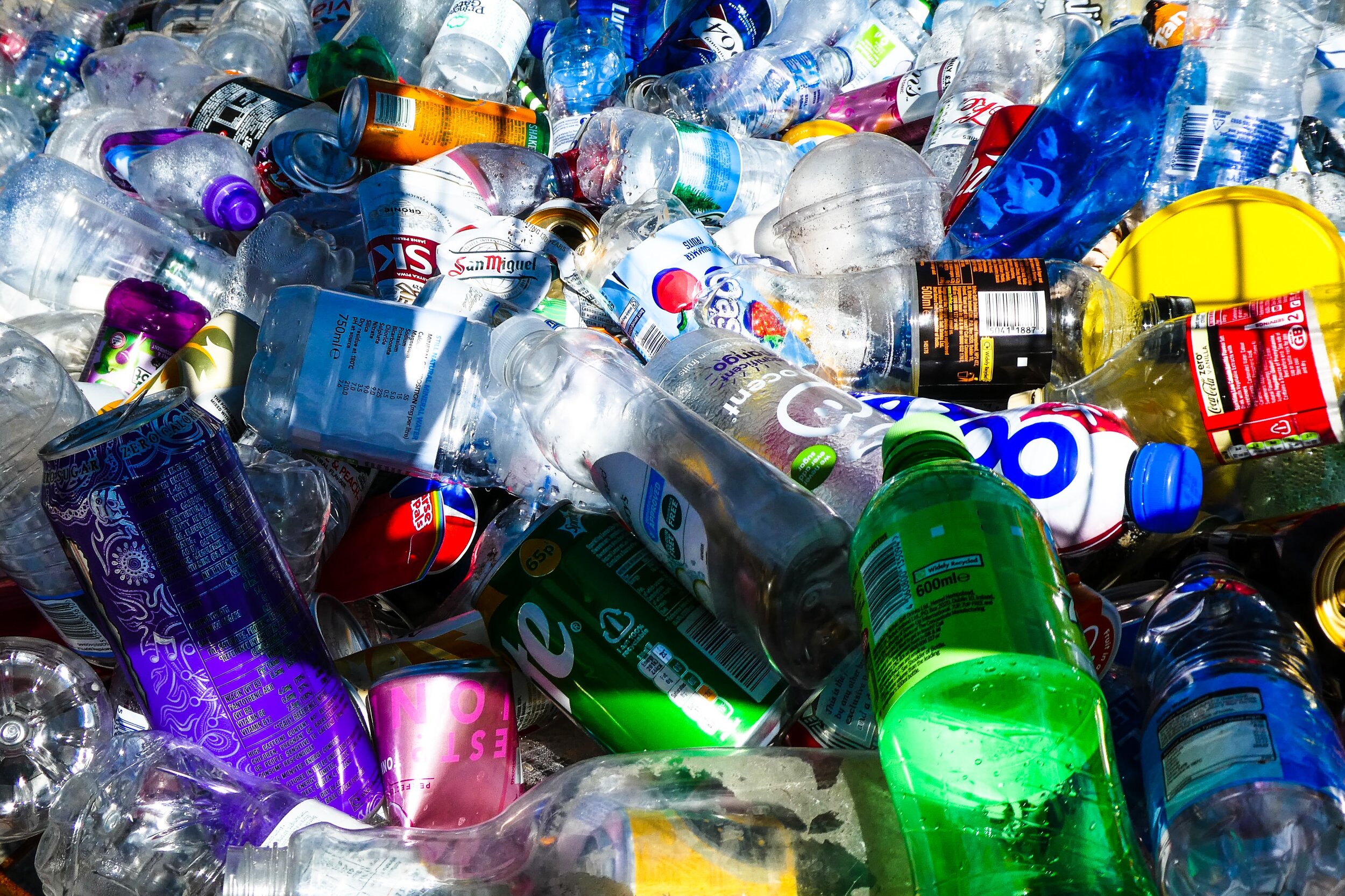What Considerations Should Go Into Your NHS Supply Chain Sustainability Program?
Anyone who’s in charge of procurement within the NHS is responsible for supply chain. This could be as simple as ordering your next box of pens right up to clean energy procurement or building supplies for the next NHS mega structure.
Supply chains are one of the most important levers when considering your impact on the world around you. When looking at the 17 Sustainable Development Goals set by the United Nations to combat climate change, there’s a lot of requirements for progress in supply chains. Even for small businesses, a supply chain is complicated and typically, a supply chain is intrinsically linked to an organization's carbon footprint.
“We live in an increasingly resource aware and resource constrained world. We need to live within our means and not borrow from the future. To build a sustainable tomorrow we need to make our supply chain sustainable today”
However, it’s critical to consider factors other than climate change when developing supply chain sustainability programmes that engage both direct and sub-tier suppliers to optimise social, financial, and ethical effects. By examining the whole value chain and accepting responsibility for your influence, you will improve your commitment to long-term sustainability.
“A sustainable supply chain benefits our business by mitigating risks associated with producing and delivering our products and services to our customers. It also creates opportunities to develop closer ties with suppliers in the long-term interest of the company.”
The aim of collaborating with suppliers is to foster a mutual understanding of sustainability issues and to increase supplier control of their sustainability vision. Customers and shareholders are constantly demanding businesses to consider and handle supply chain impacts.
Businesses and their suppliers can enhance their environmental performance by taking steps across the entire supply chain, from concept to end of life. The Sustainability Partnerships have partnered up with Digital ID who are actively sourcing environmentally synthetic alternatives to their plastic products.
“We’re constantly looking at ways we can make our supply chain more environmentally friendly. From production through to delivery, the first step is sourcing products that minimise the use of virgin material to cut down on single-use plastics. Take our personalised lanyards as an example. These days we make all of them from rPET (recycled plastic bottles). By the end of 2021, this will have resulted in approximately 1.8 million plastic PET bottles being diverted from landfill and given a second life”
The ‘linear economy' model, also known as ‘take-make-discard,' is still widely used around the world, in which raw materials are used to produce goods that are then discarded after their short lifespans. Audacious companies like Digital ID are taking action on the products through adopting circular economy models that ensure that plastic waste wherever possible is given a new purpose.
“What’s more, the production process of RPET uses less energy and produces fewer emissions. A recent study found that producing RPET produces 0.45kg of CO2 per kilogram of RPET compared to 2.15kg per kilogram using virgin material. This switch is a perfect example of how you can introduce a sustainable approach in your supply chain.”
If you would like more information on the sustainable products and services from Digital ID please visit their website at www.digitalid.co.uk

